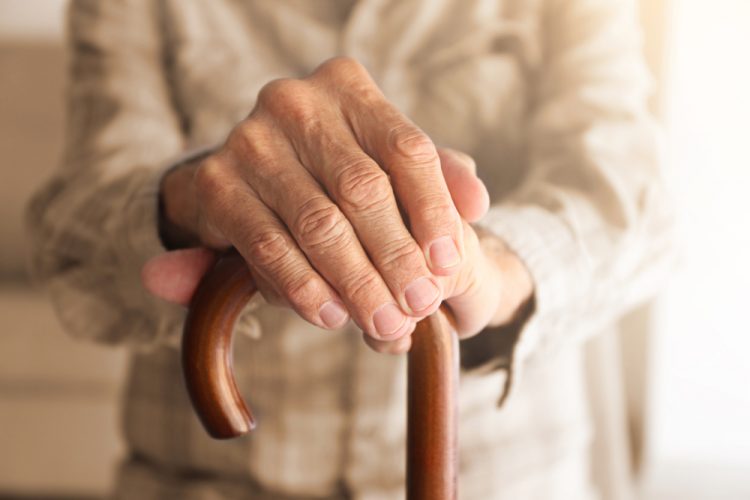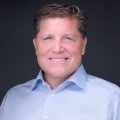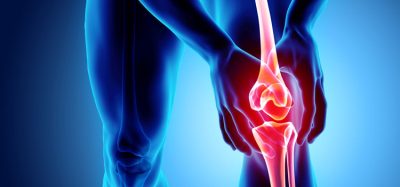The science of ageing and restoring healthspan
Posted: 8 January 2024 | Jerry McLaughlin (Life Biosciences), Taylor Mixides (Drug Target Review) | No comments yet
Contrary to popular belief, ageing is not caused by just random wear and tear of our bodies over time but is instead caused by a discrete set of biological mechanisms that we now better understand and can target with therapies. Life Biosciences are specifically focused on restoring and prolonging one’s healthspan by targeting the underlying biology of ageing.


What is “healthspan” and how does it relate to Life Bioscience’s mission?
It is no mystery that as we age our health starts to deteriorate, and we become increasingly susceptible to diseases. If we take into consideration the timeframe of our lives, our “healthspan” is defined as the number of healthy years we live, which is different than our lifespan, the number of years of life. Contrary to popular belief, ageing is not caused by just random wear and tear of our bodies over time but is instead caused by a discrete set of biological mechanisms that we now better understand and can target with therapies. At Life Biosciences, we are specifically focused on restoring and prolonging one’s healthspan by targeting the underlying biology of ageing. We are at the forefront of drug development in an area of research called cellular rejuvenation, which is an approach that has the potential to address many diseases of ageing by restoring aged and injured cells to a more youthful and resilient state. With cellular rejuvenation, our goal is to improve healthspan so as to maximise the number of healthy and productive years one has in their lifetime, not just their total number of years.
What role does the epigenome play in ageing and what does it mean to target “ageing biology” with therapeutics?
Through years of scientific exploration and research, we now know there are several biological changes that make our bodies more susceptible to disease or injury, and we can target those with therapeutic interventions. One way we are doing this at Life Biosciences is through partial epigenetic reprogramming. Modifications to the epigenome, such as DNA hypermethylation, modify the expression of genes by increasing or decreasing their expression without altering the genes themselves. The epigenome drifts with age, leading to dysregulated gene expression. Shinya Yamanaka, who was awarded the Nobel prize in 2012, discovered that four transcription factors Oct4, Sox2, Klf4 and c-Myc could reprogram mature, differentiated cells back into stem cells. Following that work, it was discovered by Dr David Sinclair’s lab at Harvard that turning on only three of the four factors (OSK; Oct4, Sox2, Klf4) is the sweet spot for developing therapeutics where you can partially reprogram cells and restore cells to a more youthful state, while maintaining cell identity. Our lead program utilises OSK for the treatment of age-related optic neuropathies.
What evidence is there that we can reverse aging with drugs?
Studies in mice have shown that not only can we accelerate ageing by inducing biological ageing drivers, but we can also reverse ageing in mice by reversing those drivers. This year, Life Biosciences and our collaborators were the first to show how cellular rejuvenation can restore visual function in a non-human primate (NHP) model in the retinal ganglion cells of the eye, where degeneration is common in older adults. To summarise, lasers were used to induce damage to the eyes of NHPs. One day following the laser damage, an intravitreal (in-eye) injection of an inducible OSK expression system was administered to the lasered eye. In eyes treated with OSK after laser damage, OSK significantly restored pattern electroretinogram (pERG) responses, a key ophthalmic measurement, compared to controls, which is consistent with restoration of visual function. OSK also significantly reversed laser-induced reductions in axon density compared to controls.
Why did you decide to start with eye diseases?
Life Biosciences is pursuing indication areas where ageing biology has a clear link to disease pathogenesis. There are a number of diseases in the eye that occur with ageing as a major modifiable risk factor, including the two optic neuropathies on which we are initially focused – a rare eye disease of aging called non-arteritic anterior ischemic optic neuropathy (NAION), presenting similar to a stroke but in the eye, for which no drug is currently available, and primary open angle glaucoma, a common condition where significant unmet needs remain.
What’s next for Life Bioscience’s preclinical studies?
With significant validation of our platform in hand, we are now rapidly advancing towards the clinic with our lead therapeutic, OSK. We hope to initiate the first human clinical trials with our lead indications in 2025, which would represent a monumental step forward for the field of cellular rejuvenation. Beyond the eye, we are evaluating the potential for cellular rejuvenation to treat a broad number of diseases of ageing, with compelling preclinical data in neurodegenerative diseases like Alzheimer’s disease and frontotemporal dementia, as well as other ophthalmic disorders including dry age-related macular degeneration and other forms of retinal degeneration.
About the author


CEO, Life Biosciences, Inc.
Jerry has over 30 years of experience in the biopharmaceutical industry and has been involved in the discovery, clinical development, and global commercialisation of more than a dozen FDA-approved drugs with multiple successful exits. Most recently, Jerry was President and CEO for Neos Therapeutics, Inc., a commercial stage pharmaceutical company. Before that, he served as president and CEO of AgeneBio, Inc., a clinical-stage private biopharma company developing therapies for neurological and psychiatric diseases. Earlier, he held the role of senior vice president & chief commercial officer at NuPathe Inc., acquired by Teva Pharmaceuticals in 2014. Jerry began his career at Merck and was extensively involved in multiple blockbuster product launches. He holds a BA in economics from Dickinson College and an MBA from the Villanova School of Business.
Related topics
Cell Cultures, Cell Regeneration, Cell Therapy, Drug Development, Drug Targets, Gene Therapy, Stem Cells
Related conditions
ageing
Related organisations
Life Biosciences
Related people
Jerry McLaughlin (Life Biosciences)








